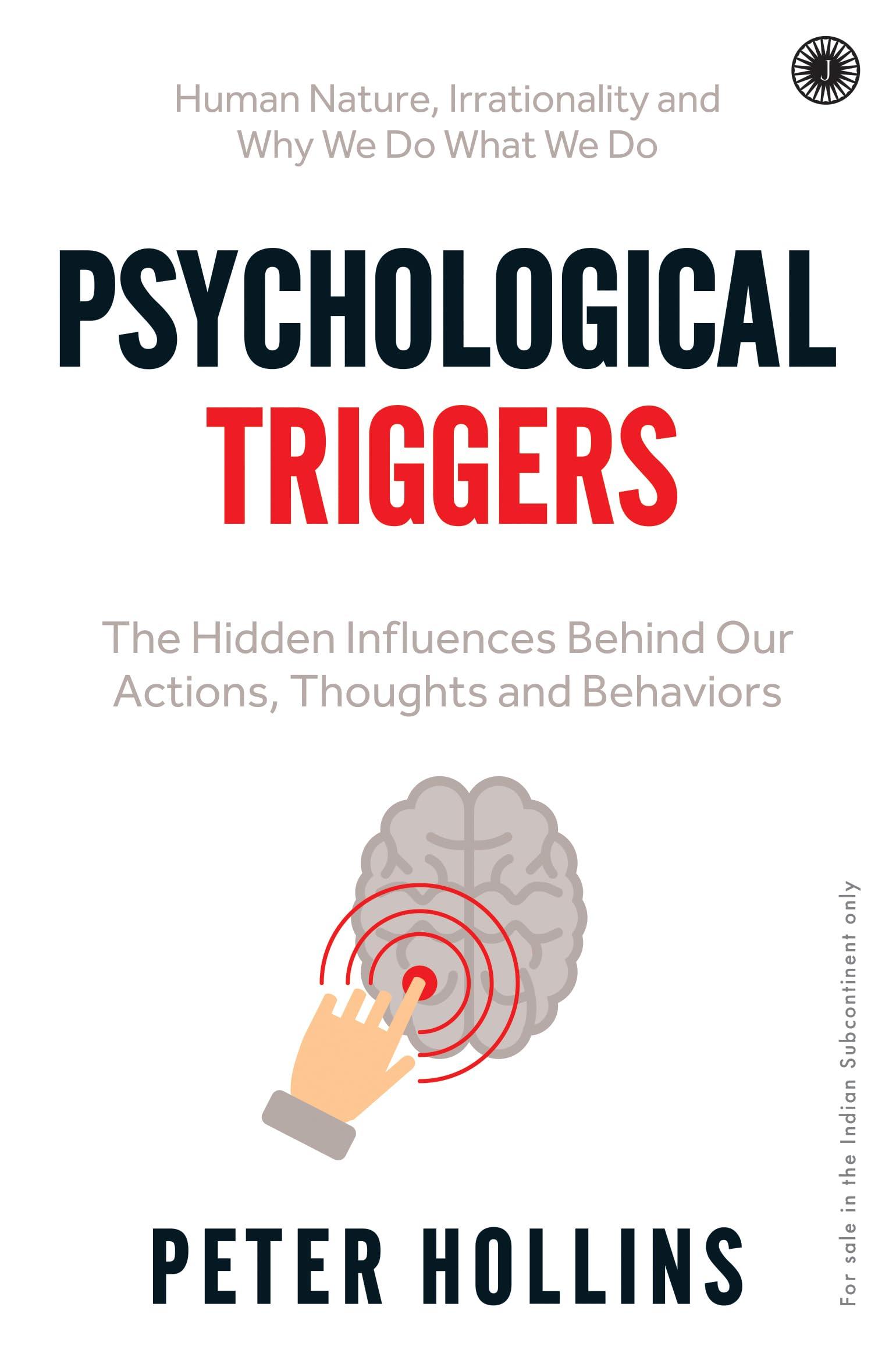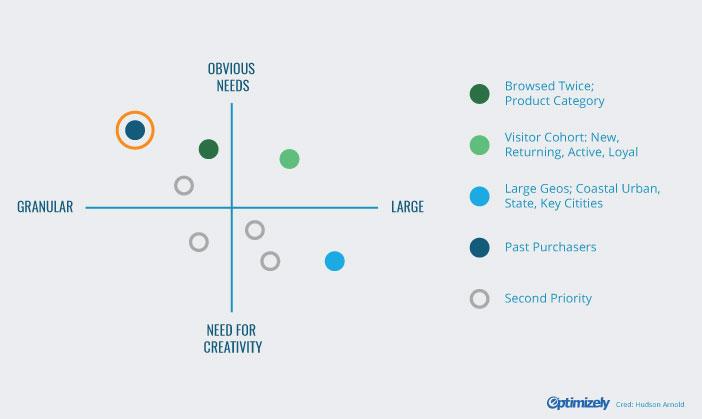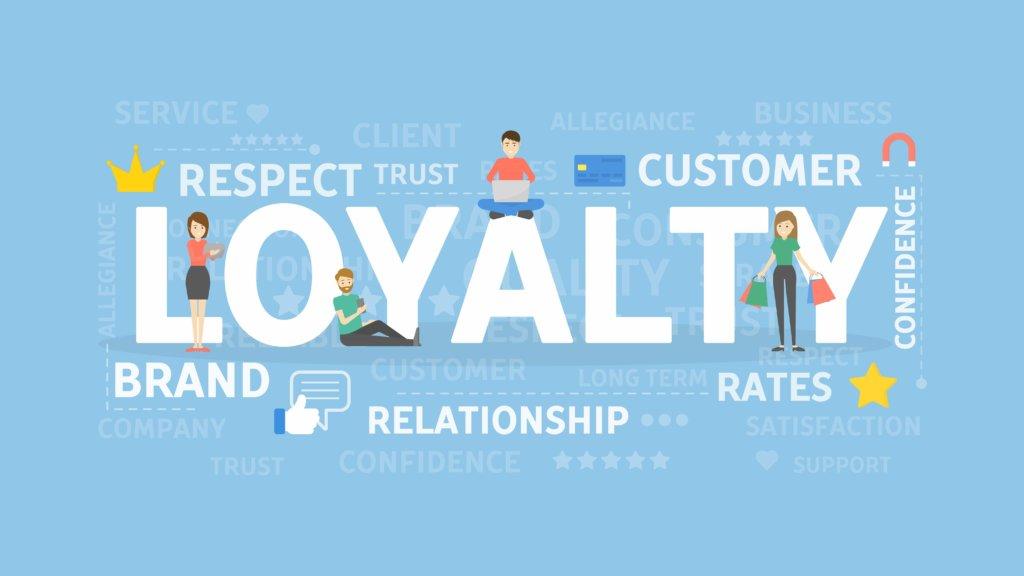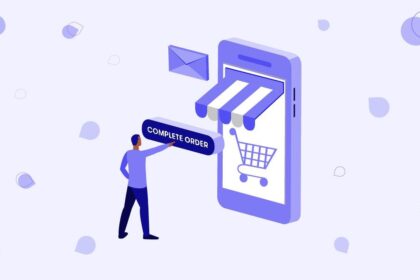In the rapidly evolving landscape of e-commerce, customer loyalty has become a coveted currency, one that brands are increasingly eager to unlock. As businesses navigate the complexities of digital commerce, understanding what truly resonates with consumers has never been more critical. The traditional model of loyalty—built on points, discounts, and rewards—is giving way to a new paradigm. This new era is characterized by deeper emotional connections, personalized experiences, and a keen awareness of customer needs and values. In this article, we will explore the strategies that are reshaping customer retention, examining how innovative technologies and holistic engagement approaches are forging lasting bonds between brands and their audiences. Join us as we delve into the art and science of cultivating loyalty in an age where options are limitless and attention spans are fleeting.
Exploring the Psychological Triggers Behind Customer Loyalty
The foundation of customer loyalty often lies deeper than mere transaction satisfaction; it tapers into the psyche of the consumer. Psychological drivers such as trust, emotional connection, and social validation play pivotal roles in fostering long-term loyalty. When consumers feel a sense of trust in a brand, they are more likely to become repeat purchasers. This trust can be reinforced through consistent quality, transparency in transactions, and exceptional customer service. Furthermore, emotional connections can be formed through relatable storytelling and brand values that resonate with the consumer’s personal beliefs and aspirations.
Another critical aspect of loyalty is the significance of social validation in the digital age. With the rise of social media and review platforms, customers seek reassurance from the experiences of their peers before making purchasing decisions. Brands that successfully leverage user-generated content and testimonials can create a sense of belonging and community around their products. Additionally, employing loyalty programs can enhance the customer experience by offering personalized rewards that cater to individual preferences and behaviors. By understanding and tapping into these psychological triggers, e-commerce businesses can craft strategies that enhance customer retention and cultivate brand loyalty.

Innovative Tools and Technologies for Building Lasting Relationships
In today’s fast-paced e-commerce landscape, leveraging innovative tools and technologies is key to fostering enduring customer connections. Personalization platforms enable brands to tailor their communications based on individual customer behavior, preferences, and purchasing history. This level of customization enhances the shopping experience and creates emotional bonds, making customers feel valued and understood. Other advancements, such as chatbots and AI-driven customer support, offer instant solutions, ensuring customer queries are addressed promptly, further solidifying trust and loyalty.
Furthermore, gamification has emerged as a powerful strategy for enhancing customer engagement. By incorporating elements such as loyalty points, achievement badges, or interactive challenges, businesses can transform traditional shopping into an exciting experience. Consider the following benefits of utilizing these technologies:
- Boosted Engagement: Interactive elements keep customers returning.
- Enhanced Data Analytics: Gather insights on customer preferences and behaviors.
- Increased Participation: Reward systems encourage more frequent purchases.
A well-structured approach to these innovative tools not only elevates customer satisfaction but also lays a strong foundation for a loyal customer base, ultimately driving long-term business growth.

Personalization Strategies That Elevate the E-commerce Experience
In the dynamic landscape of e-commerce, personalization has emerged as a critical component in crafting a memorable shopping experience. By leveraging advanced data analytics, businesses can offer tailored recommendations that resonate with individual customer preferences. This could include utilizing customer browsing history, purchase patterns, and even social media interactions to curate a personalized shopping journey. For example, when a customer visits a site, presenting them with a selection of items that align with their previous interests not only enhances user experience but also significantly boosts conversion rates.
Moreover, implementing dynamic pricing strategies based on customer segments can further enrich the personalized experience. Businesses can analyze data to identify specific segments who may respond positively to exclusive discounts or loyalty rewards. Additionally, personalized email campaigns serve as a potent tool to re-engage customers, featuring tailored product suggestions and reminders based on their past interactions. Adopting these strategies not only fosters a sense of loyalty but also drives customers back to your store, ultimately enhancing retention and long-term profitability.

Measuring Success: Key Metrics for Evaluating Loyalty Programs
To effectively gauge the performance of loyalty programs, businesses should focus on several key metrics that provide a comprehensive view of customer engagement and satisfaction. These metrics include:
- Customer Retention Rate: This measures the percentage of customers who continue to engage with the brand over a specified period. High retention rates are indicative of a successful loyalty program.
- Average Order Value (AOV): Tracking the AOV before and after implementing a loyalty program is essential. An increase may suggest that loyalty incentives successfully encourage customers to spend more.
- Frequency of Purchase: Understanding how often loyalty members make purchases compared to non-members helps identify the program’s impact on shopping habits.
Moreover, it’s crucial to evaluate the lifetime value of a customer (CLV), as this metric provides insight into the long-term financial benefits of retaining loyal customers. A comparison of CLV for loyalty program members versus non-members can showcase the program’s effectiveness. Another useful measure includes redemption rates, which indicate how often customers utilize their loyalty rewards. A high redemption rate suggests that the rewards are appealing, while a low rate may indicate a need to re-evaluate the reward structure. Below is a sample table summarizing these metrics:
| Metric | Definition | Significance |
|---|---|---|
| Customer Retention Rate | Percentage of repeat customers over a specific period | Indicates loyalty and satisfaction |
| Average Order Value (AOV) | Average amount spent per transaction | Shows effectiveness of upselling |
| Redemption Rate | Percentage of earned rewards that are redeemed | Reflects attractiveness of rewards |
To Wrap It Up
As we journey through the evolving landscape of e-commerce, it’s clear that customer retention is no longer just a metric but a philosophy that fuels brand loyalty and growth. Embracing innovative loyalty programs, personalized experiences, and a deep understanding of customer needs will be pivotal in forging lasting connections. The pillars of trust, engagement, and value are more crucial than ever in an age where choices are abundant and distractions are rife.
In this new era, the brands that listen and adapt are the ones that will thrive. As we look ahead, the possibilities are endless—each interaction is an opportunity to unlock deeper loyalty and transform casual shoppers into devoted advocates. By focusing on the human side of commerce, we not only enhance the customer experience but also lay the groundwork for sustainable success in a competitive marketplace.
So, as you chart your course in the dynamic realm of e-commerce, remember: the key to unlocking customer retention lies in valuing relationships over transactions. Let your brand become a trusted companion in the lives of your customers, turning fleeting moments into lasting memories. The future of loyalty is bright, and it starts with you.



